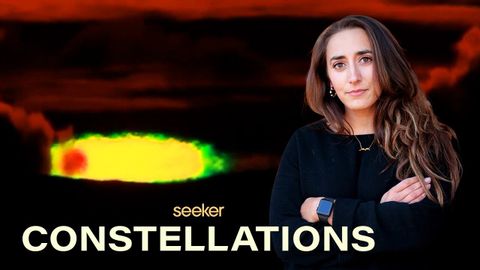日暮れ前にしか見られない貴重な天空の現象 (The Rare Celestial Phenomena That Can Only Be Seen Before Nightfall)
林宜悉 が 2021 年 03 月 26 日 に投稿  この条件に一致する単語はありません
この条件に一致する単語はありませんUS /ˈɑbviəs/
・
UK /ˈɒbviəs/
US /fɪˈnɑməˌnɑn, -nən/
・
UK /fə'nɒmɪnən/
- n.地点 : 場所;困難 : 苦境;位置づけ;少し;斑点 : 染み : 汚点
- v.t.(偶然)見つける
エネルギーを使用
すべての単語を解除
発音・解説・フィルター機能を解除
